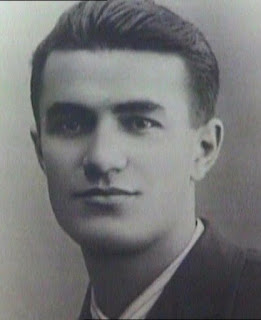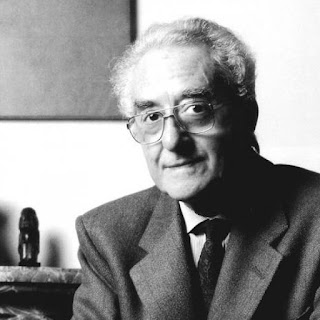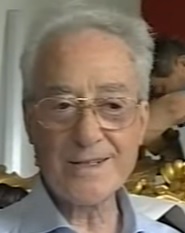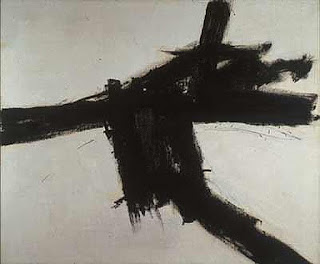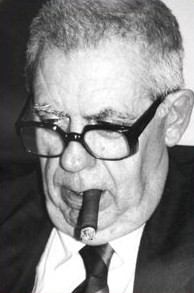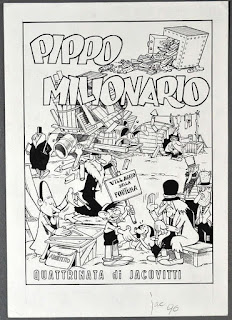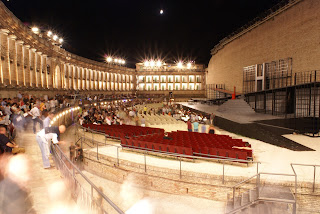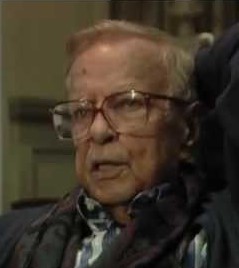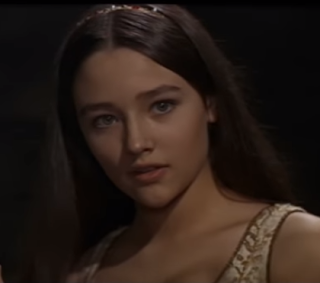Vibrant performer made more than 100 films
 |
| Valentina Cortese in Michelangelo Antonioni's 1955 film Le Amiche (The Girlfriends) |
She had an acting career lasting nearly 60 years and won an Academy Award nomination for her performance as an ageing, alcoholic movie star in Francois Truffaut’s Day for Night in 1973.
Cortese was born to a single mother, who sent her to live with her maternal grandparents in Turin when she was six years old.
She enrolled in the National Academy of Dramatic Arts in Rome at the age of 15 and made her screen debut in 1940. This paved the way for her first internationally acclaimed film in 1948, an Italian adaptation of Les Miserables with Gino Cervi and Marcello Mastroianni, in which she played the roles of both Fantine and Cosette.
She then appeared in the British film The Glass Mountain in 1949 and also appeared in many American films of the period, while continuing to work in Europe with directors such as Michelangelo Antonioni, Federico Fellini and Francois Truffaut.
After signing a contract with 20th Century Fox, Cortese starred in Malaya with Spencer Tracey and James Stewart and The House on Telegraph Hill with Richard Basehart and William Lundigan.
 |
| With the American actor James Stewart on the set of Richard Thorpe's 1949 war drama Malaya |
The couple divorced in 1960 and Cortese never remarried. Jackie died in Milan in 2015, four years before her own death.
She also enjoyed success on the stage, appearing in plays by Chekhov, Shakespeare, Brecht and Pirandello, frequently starring at Milan’s Piccolo Teatro.
Her final American film was When Time Ran Out in 1980, but she continued to make films in Italy until the 1990s. Having appeared in more than 100 films and TV shows, her final appearance was when she played the role of a Mother Superior in Franco Zeffirelli’s film, Sparrow, in 1993.
Valentina Cortese died in 2019 in Milan at the age of 96.
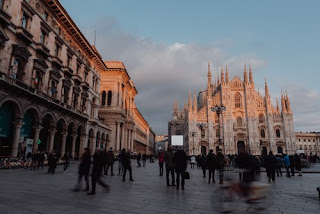 |
| Milan's famous Gothic cathedral at the heart of Lombardy's principal city |
Milan, where Valentina Cortese was born and died, is the capital city of the northern region of Lombardy. A leading city in the fields of art, entertainment, fashion and finance, Milan has a wealth of theatres with a long tradition of staging a variety of entertainment. In north west Milan, Teatro Dal Verme in San Giovanni sul Muro opened in 1872, the Teatro dell’Arte in Viale Alemagna was redesigned in 1960 and Teatro Litta next to Palazzo Litta in Corso Magenta is believed to be the oldest theatre in the city. The famous opera house, La Scala, inaugurated in 1778, has a fascinating museum that displays costumes and memorabilia from the history of the theatre. The entrance is in Largo Ghiringhelli, just off Piazza Scala. It is open every day except the Italian Bank Holidays and a few days in December. Opening hours are from 9.00 to 12.30 and 1.30 to 5.30 pm.
 |
| The Piccolo Teatro Grassi in Milan, founded in 1947 |
The Piccolo Teatro in Milan, where Valentina Cortese regularly appeared, was founded in 1947 in Via Rivoli in north west Milan by theatre impresario Paolo Grassi and director Giorgio Strehler. The first public theatre in Italy, it aimed to be an arts theatre for everyone and continues to stage quality productions for the broadest possible audience to this day.
Also on this day:
1803: The birth of book thief Guglielmo Libri
1926: The birth of singer Claudio Villa
1958: The birth of shoe designer Cesare Paciotti
Capodanno in Italy
Home
